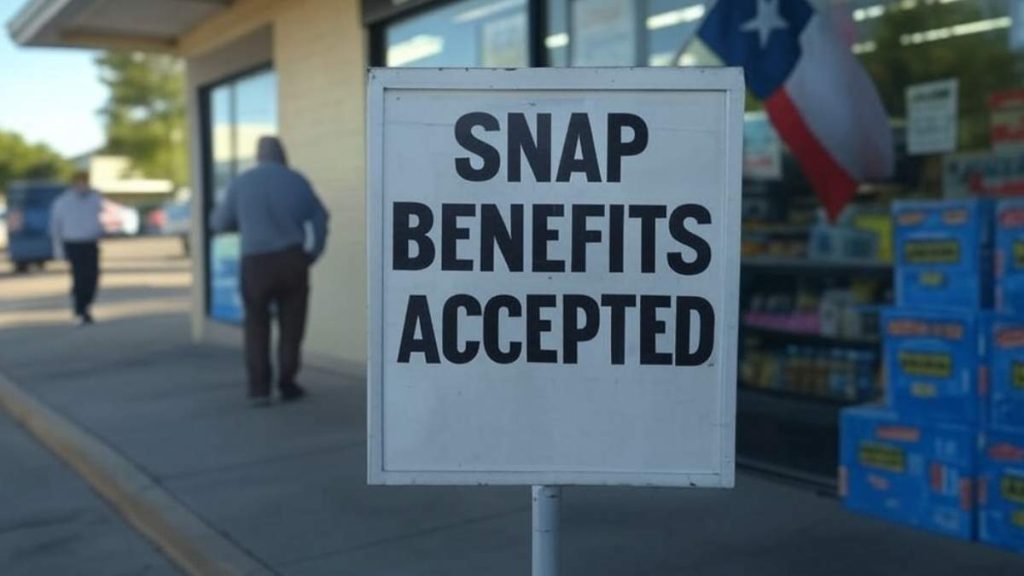In the coming days, deposits of up to $1,756 will arrive on Lone Star cards in Texas. Payments follow a schedule based on the last digits of your EDG number. If you don’t know what’s up with that, here we explain how the system works and when to expect your money that is intended to buy nutritious food for your family.
SNAP (formerly food stamps) helps low-income families and individuals buy food. The amounts depend on your expenses and income. For 2025, the eligibility rules have been updated, so if you need support, check out the requirements. It all starts by contacting your local human services office.
The Lone Star Card: your ally in the supermarket
In Texas, the benefits come to the Lone Star card, which works like a regular debit card. You use it wherever EBT is accepted, so no complications. If you don’t have it yet, don’t worry: once your application is approved, they will send it to you by mail. Ready to fill the cart without problems!
You can apply for SNAP online, in person, or by calling 1-877-541-7905. A social worker will review your case and tell you if you qualify. If all goes well, you will have the card in your hand in no time. The best? You don’t need to wait in eternal lines or crazy paperwork.
Deposits are made from the 1st to the 28th of each month. Households that were certified before June 1, 2020 submit benefits between 1 and 15, based on the last digit of their Eligibility Determination Group (EDG) number.
Ending EDG number, and payment date:
- EDG ending in 0: March 1
- EDG ending in 1:March 3
- EDG ending in 2:March 5
- EDG ending in 3:March 6
- EDG ending in 4:March 7
- EDG ending in 5:March 9
- EDG ending in 6:March 11
- EDG ending in 7:March 12
- EDG ending in 8:March 13
- EDG ending in 9:March 15
How much will each SNAP beneficiary family receive at most?
The maximum amounts for the 48 contiguous states and the District of Columbia (DC) are determined by household size, with a specific table showing the following values:
- 1 person: $292
- 2 people: $536
- 3 people: $768
- 4 people: $975
- 5 people: $1,158
- 6 people: $1,390
- 7 people: $1,536
- 8 people: $1,756
- For each additional person beyond eight, $220 is added to the maximum amount.
These amounts reflect cost of living adjustments (COLA), calculated annually in June and effective since October, taking into account economies of scale.
Additionally, amounts vary depending on geographic location. For Alaska, the maximum amounts for a household of four range from $1,258 to $1,953, depending on the region, while in Hawaii, the maximum for a household of four is $1,723, which even decreased compared to previous years. In Guam, it’s $1,437, and in the U.S. Virgin Islands, $1,254.
